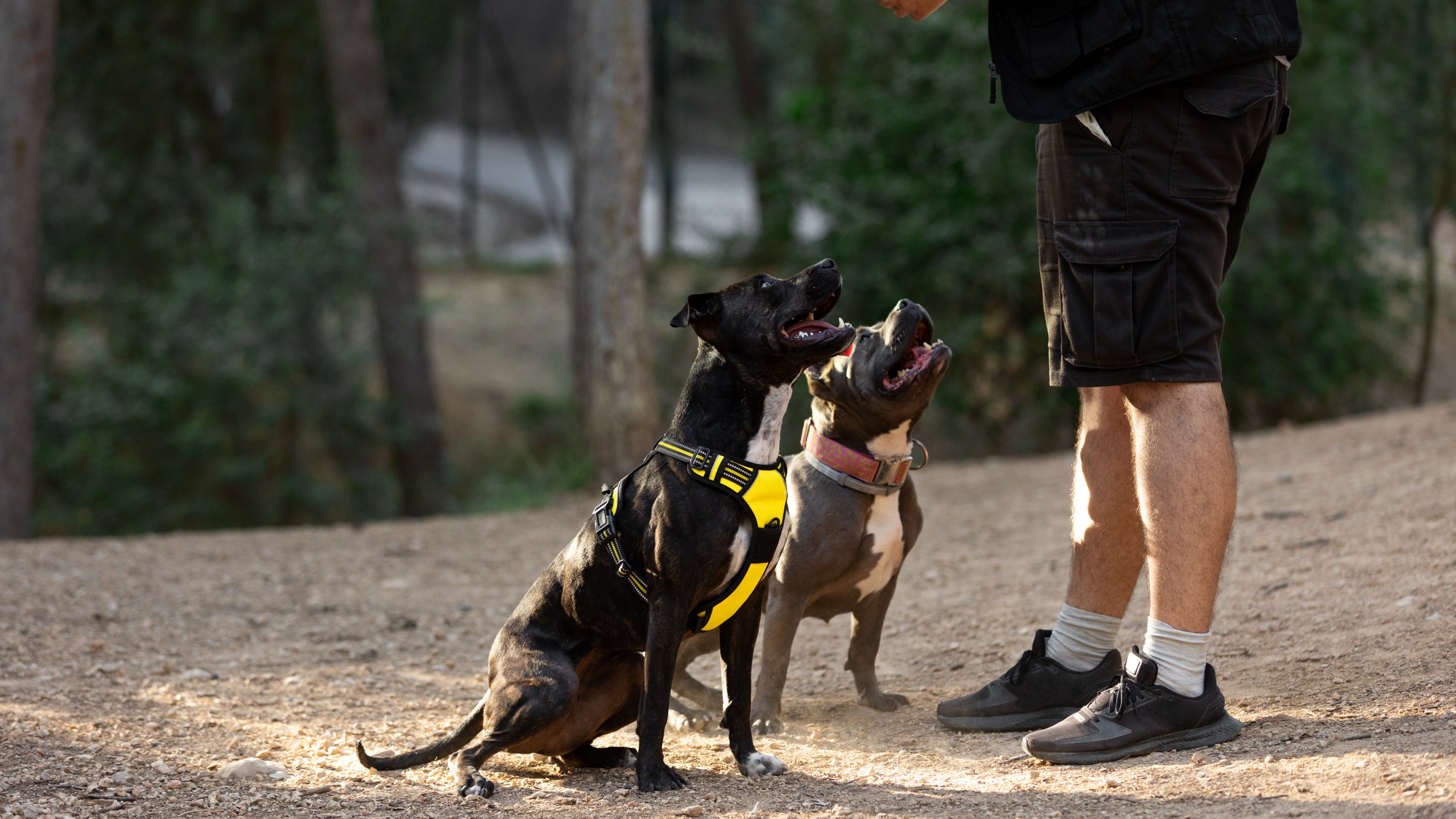A well-trained guard dog can provide protection and security while remaining a well-mannered companion. Training a guard dog requires patience, consistency, and a structured approach to develop their natural instincts while ensuring control and obedience.

1. Choose the Right Breed
Not all dogs are suited for guard duties. Breeds like German Shepherds, Rottweilers, Dobermans, and Belgian Malinois are known for their protective instincts, intelligence, and trainability.
2. Basic Obedience Training
Before advanced protection training, your dog must master basic obedience commands such as sit, stay, come, and heel. A well-disciplined dog responds reliably to commands, ensuring control in any situation.
3. Socialization and Exposure
A good guard dog should differentiate between real threats and normal social interactions. Exposing them to different environments, people, and situations helps them remain confident and calm in non-threatening scenarios.
4. Controlled Aggression Training
Guard dogs must learn to show aggression only when necessary. Work with a professional trainer to teach your dog controlled barking, standing ground, and responding to specific threats without unnecessary aggression.
5. Scent and Alert Training
Training your dog to recognize and alert you to strangers or unusual activities enhances its guarding ability. Reinforce behaviors such as barking on command and staying alert during designated guard times.
6. Boundary and Property Training
Teach your dog the limits of their guarding area by walking them around the perimeter and reinforcing their understanding of boundaries. This prevents them from unnecessarily wandering or reacting to non-threats outside their territory.
7. Advanced Protection Training
For more advanced skills, professional trainers can help teach techniques like bite training, defensive stances, and controlled attack commands. These should only be taught with expert supervision to ensure safety.
Conclusion
Training a guard dog requires dedication, proper socialization, and structured guidance. By focusing on obedience, controlled aggression, and security-focused training, you can develop a reliable protector while maintaining a well-behaved companion.
